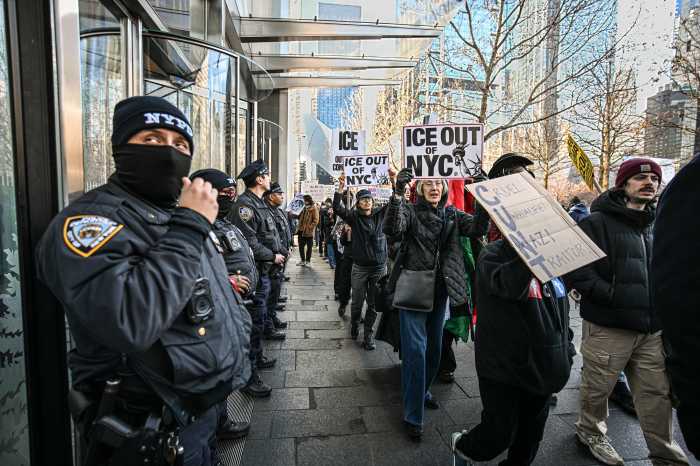
As NYC prepares for another hurricane season, we may think we’ve protected ourselves from the next megastorm. Think again.
Since superstorm Sandy, officials have stepped up to reduce flood risk, improve resiliency and provide storm relief. Congress awarded more than $20 billion to the metro region to reduce risk from storms, but the truth is we are only making a down payment on resiliency. About 80 percent of the funds have helped those affected by the storm. Just 20 percent has been directed toward programs to mitigate future disasters.
NYC’s 10-year plan for resiliency has identified short-term and longer-term measures, and according to the city numbers, faces a $4.5 billion funding gap.
Laudably, the city is studying floodgates to protect inland areas around Newtown Creek, the Gowanus Canal, Coney Island and Jamaica Bay. But no one knows the source of the billions to build the structures.
We need a strategy to prioritize infrastructure investments, and there is a precedent. The Gulf Coast Ecosystem Restoration Task Force, created by President Barack Obama, has developed a plan to restore water quality and marine habitat after the Deepwater Horizon oil spill in the Gulf of Mexico. We also call for a similar commission for NYC.
We might think of a storm with Sandy’s ferocity as a once-in-a-lifetime occurrence, but as sea levels rise and hurricanes strengthen, coastal flooding will increase in frequency and severity. The Risky Business Project — a group of business and policy leaders — estimates that average annual property losses from flood damage may quadruple in the Northeast by 2100.
Without more substantial action to reduce our risk, analysts say we could expect another Sandy-like storm in 2050 to result in five times the damage caused in 2012. And we are falling behind our global peers. The 2008 Delta Commission in the Netherlands developed a plan based on climate projections through the year 2200, committing $144 billion to reduce flood risk, financed in part by natural gas revenues.
The Sputnik launch 50 years ago gave us a wake-up call, and space exploration flourished. Back on Earth, a few years after Sandy, the race to resiliency is underway. We need to act before the next storm of the century hits.







































